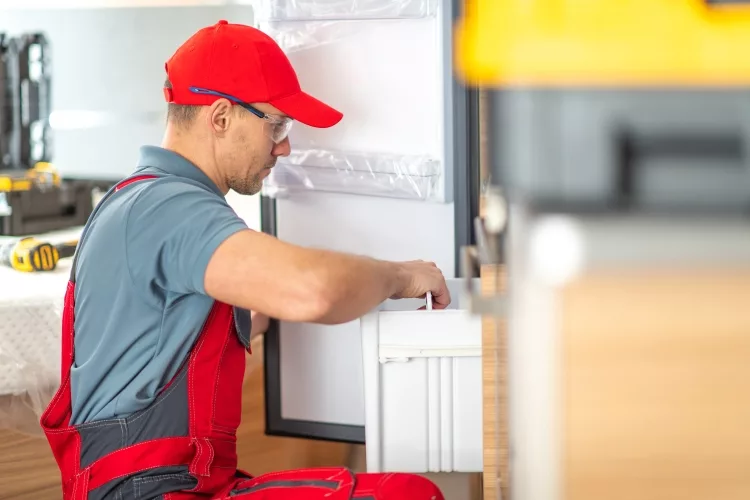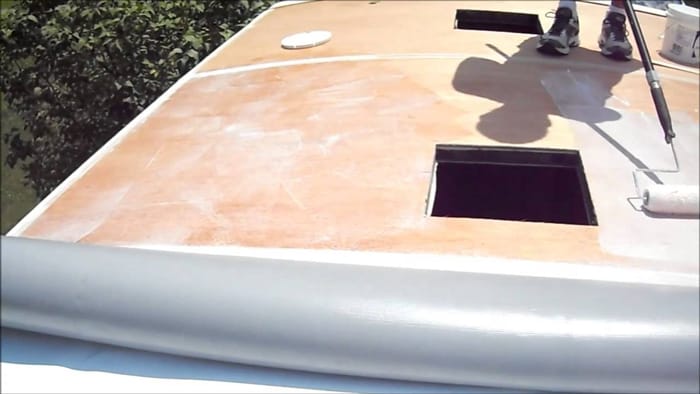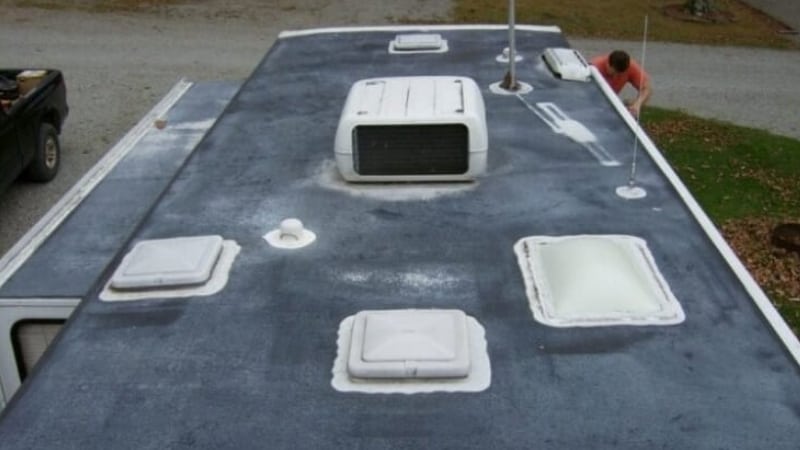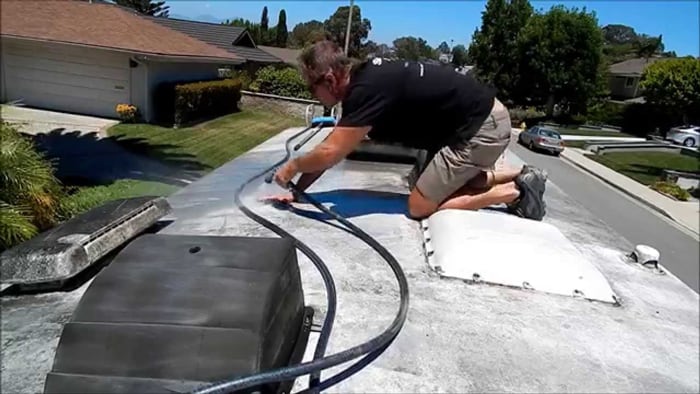RV Rubber Roof Repair: How to Do It Effortlessly?
by Alice Davis
RV rubber roofs are somewhat tricky to repair because all the other things inside RV recreational vehicles are easily accessible, whereas the roof is not.
You must have a ladder and make sure that your RV roof is strong enough to hold your weight, or you might tear it. You can use a light wooden or cardboard piece so that your weight is divided equally on the roof.
Before you go on the top of the RV rubber roof, make sure that you have a strong metal ladder and someone to hold you just in case you fall off. It is quite interesting to note that there are two kinds of RV rubber roofs.
Contents

One that sheds layers and is oxidized as a result of sunlight and rains. Other types of RV rubber roofs are not easily oxidized as they are aluminum coated.
If your roof is damaged and needs fixation, better do it now, or you would have to spend a lot of time and money on it. You must check your roof every three months and clear out all the accumulated dirt.
Also, keep repainting the patches where necessary. Giving the roof some time regularly and spending some money on the usual wear and tear and save from a large expense.

Good quality spray paint, mops, alcohol wipes, sealants, repair tapes, surface cleaners, rubber tool kit, rolling paintbrushes, paints, and plastic sheets are some of the materials that come in handy while fixing your RV rubber roof. Water damage is the most common issue that arises. The water gets accumulated in pores of roofs and later damages it. If it gets frozen, it would be cause rips and tears in your roof.
Quick hacks and tips

- Before repairing your RV roof, clean it thoroughly, remove all the accumulated dirt over it so that you would be able to see how much damage has been done and what needs to be repaired.
- Once you have washed and cleaned your RV roof, allow it to be dried completely before you start actual work. You can also use a blower to make it dry quickly.
- Ask your technician what type of sealants and repairing types are suitable for your RV rubber roof, depending upon the type of roof that you have.
- If there is a leak in the roof, do not waste time thinking and repair it at once. Even if it is a minor leak, it could get you a serious tear, and you might lose your vehicle permanently.
- Use the right type and size of brush for painting, and while you paint, allow the first coating to be completely dried before starting application of the second layer of paint.
- Always use a sealant that is self-leveling. It would set rightly in a place where you want to fill the bumps and pores or tears.
- Identify the best adhesives and repairing tapes according to the type of your roof material so that it would repair the roof permanently.
Step by step guide to repairing RV rubber roofs effortlessly

Following are some steps that give you complete guidance on how to repair your RV rubber roof once you have cleaned it and have all the necessary material required.
- Examine the patches of the roof carefully to detect the exact problem.
- Remove the old RV coating already done over it.
- Dispose of covers from RV air conditioner, refrigerator, and exhaust fan.
- Detach the tv antenna, or any other device installed carefully.
- Remove termination bars and side roof protective moldings gently.
- Finally, remove the plywood that is damaged.
Now all the things have been removed, and the next few steps are about the installation of the new roof material.
- Put the new plywood in place and carefully seal it.
- Then put another layer of plywood.
- When it is settled, make the markings for the vent hole.
- Now measuring the area of the roof, install the new rubber material of the roof.
- Make sure that the new rubber coating is fitted just in the right place.
- In the end, apply the sealant so that the roof is permanently fixed in place.
- Once the sealant is dried, your brand-new RV rubber roof is ready.
 |
 |
 |
 |
 |
 |
 |
 |

About Alice Davis
Alice is a writer who lives in the City of Long Beach. She has a husband, an exceptionally small chihuahua, and 15-pound Maine Coon. Alice got her bachelor of science in biological science from UC Berkeley. Now, she likes writing about a lot of things; including but not limited to technology reviews, science stuff, and anything food-related.
Leave a Reply
You can get FREE Gifts. Or latest Free phones here.
Disable Ad block to reveal all the info. Once done, hit a button below
 |
 |
 |
 |